|
In this video I show you my top 5 ways to help 'free up' your mid back. In previous posts I have mentioned how shoulder injuries and pain are linked to poor posture. One of the main causes of poor posture is a restricted mid back. These 5 simple exercises are all great ways of trying to get some movement back into your mid back area and hopefully start to improve your posture. They are all really simple and require no equipment. Try them and see what you think. To watch the video, click here or on the image below. Here is our follow up to the passive hanging video. In this one we show you how to turn a passive hang into an active hang. Try it out and let me know what you think. If you have a sore upper back or shoulders and would like a check up, feel free to contact me and we can find a time to get you assessed. 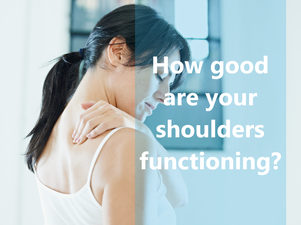 Our shoulders are amazing joints. They have (or at least should have) a vast range of motion. This amount of motion comes at a cost though and that is stability. The shoulder joint doesn’t have a ball in socket type joint like the hip, which is inherently stable. The joint of the shoulder is often referred to as like a golf ball on a tee. This lack of socket allows the range of motion that our shoulders have, but also means it is more unstable than the hips. It is the muscles and ligaments of the shoulder that keep it in place. In order for the shoulders to function well there needs to be good alignment of the shoulder joint and thoracic spine. Basically, this means we need to have good posture to allow optimal functioning of the shoulders. In this post I am going show you 2 tests to try to see how your upper back and shoulders are functioning. Continue reading to try the tests. 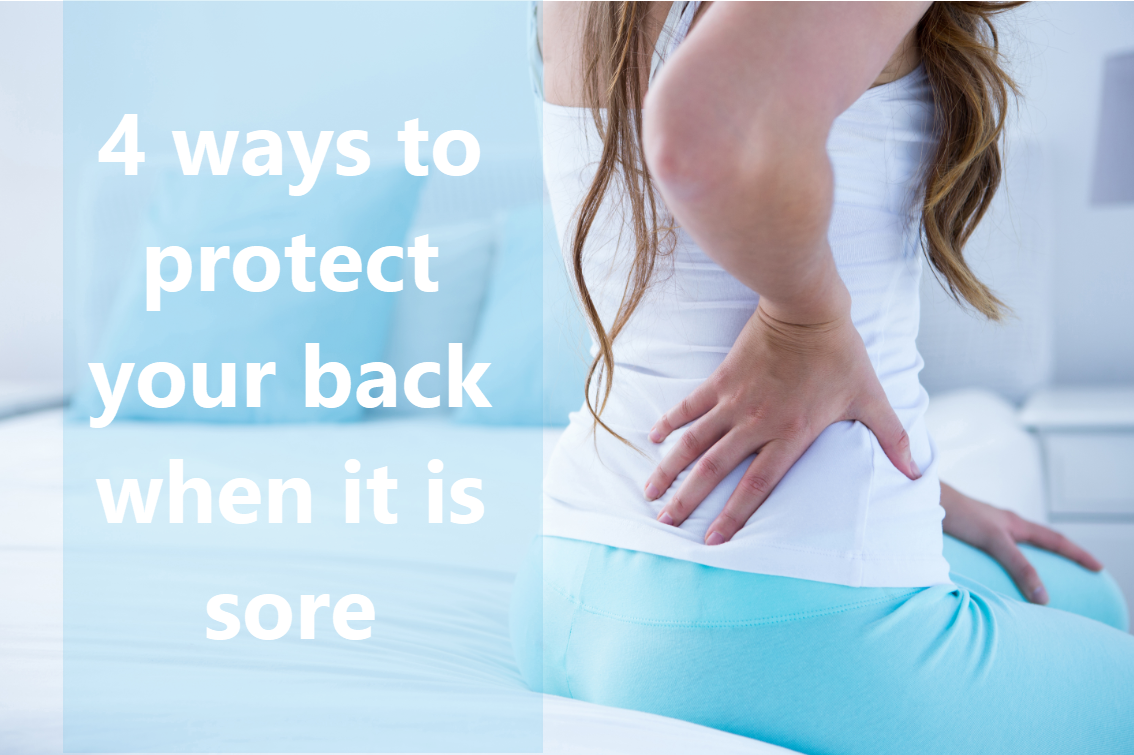 Back pain is very common and most people will experience it at some stage in their life. When your back is sore, it can make normal daily activities difficult and painful. In this post I will show you how to get our bed, how to get up off of the toilet, how to put on shoes and how to get up off of the ground when you have a sore back. Each of these 4 activities are relatively easy when you are feeling good, but if you are sore, they can be quite painful. Hopefully these simple tips will be useful and give you some relief if you are currently struggling with back pain. In this video I show 3 simple exercises to help improve your posture. If you have 'poor posture' chances are you have weakness in your mid back. This is why you get tired quickly when someone gets you to 'sit up straight'. The muscles in your mid back and shoulders have weakened since they have not been used properly. These exercises are designed to help strengthen those muscles so that you can maintain a better posture for longer and ultimately get less back and neck pain. This video is a follow on from my previous video on the 'Bruggers Relief Position'. If you haven't seen it, you can watch it here. NOTE: If you have any pain with these exercises, please stop and consult your medical/exercise professional.
|
Dr Craig BuscombBringing you news, research and advice on health, wellness, exercise and chiropractic care to help take your health to the next level Archives
July 2024
Categories
All
It's what you do everyday that impacts your health, not what you do sometimes. |
|
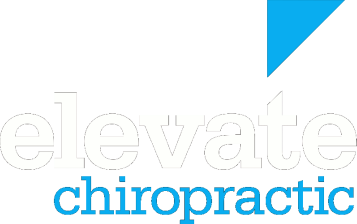
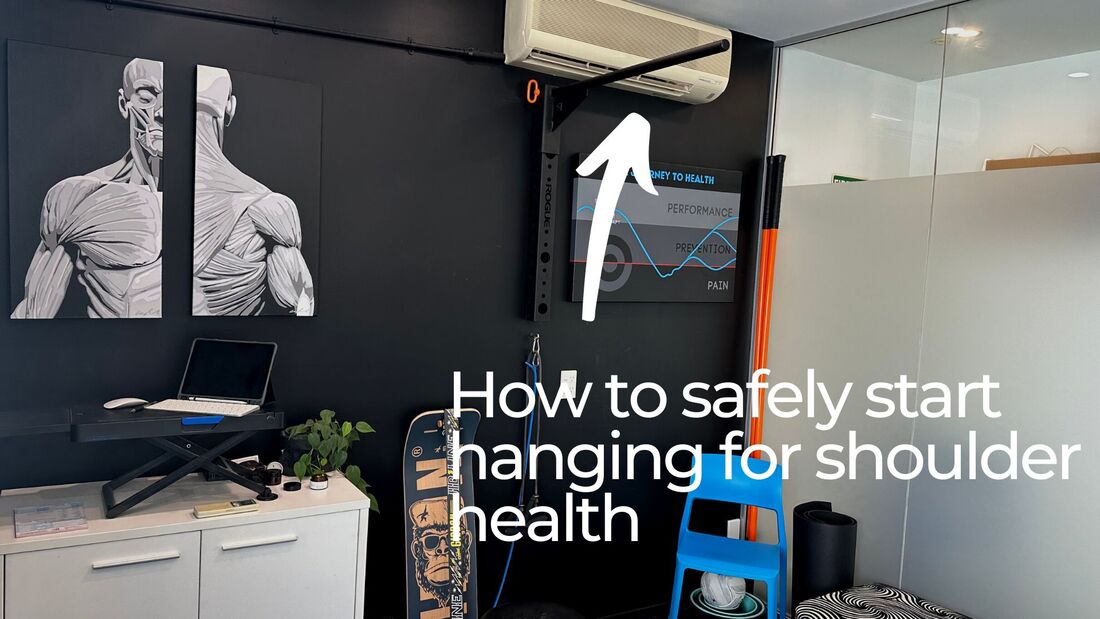
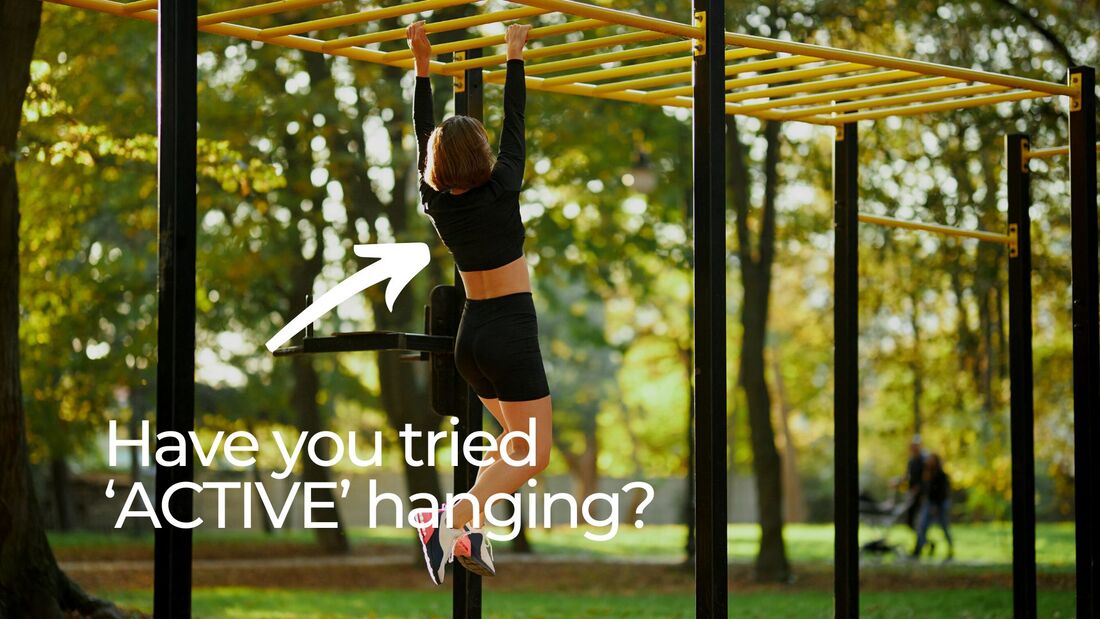
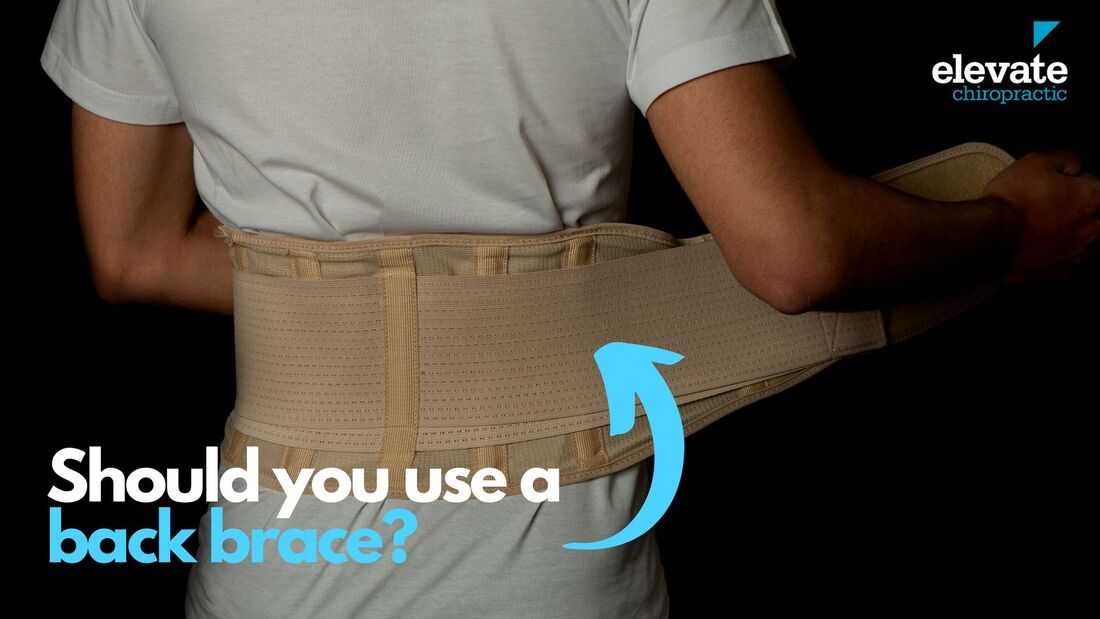
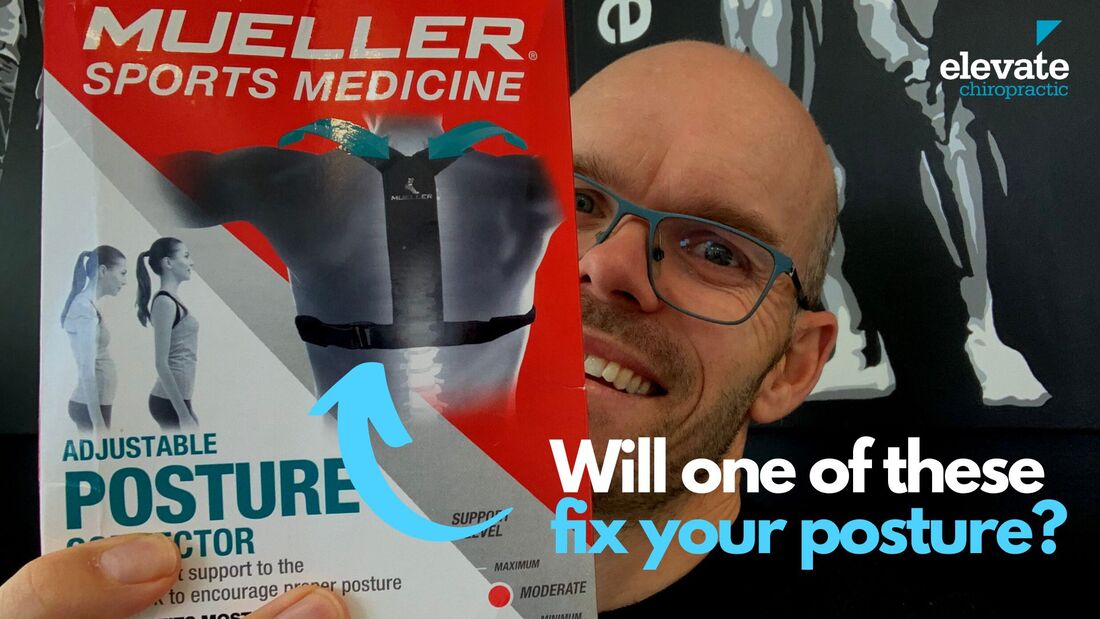
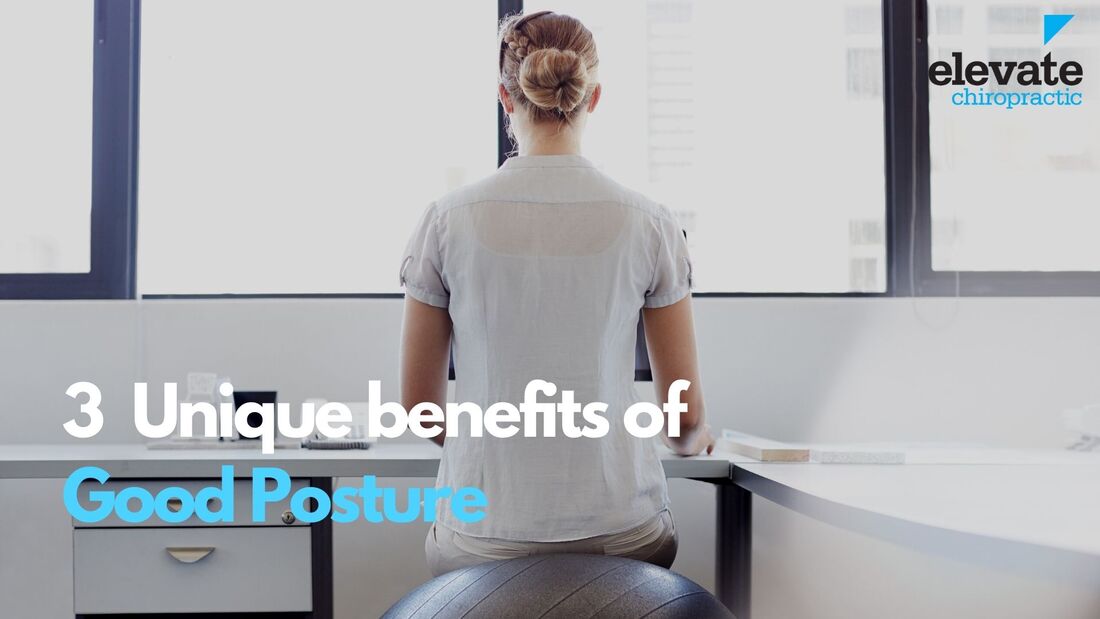
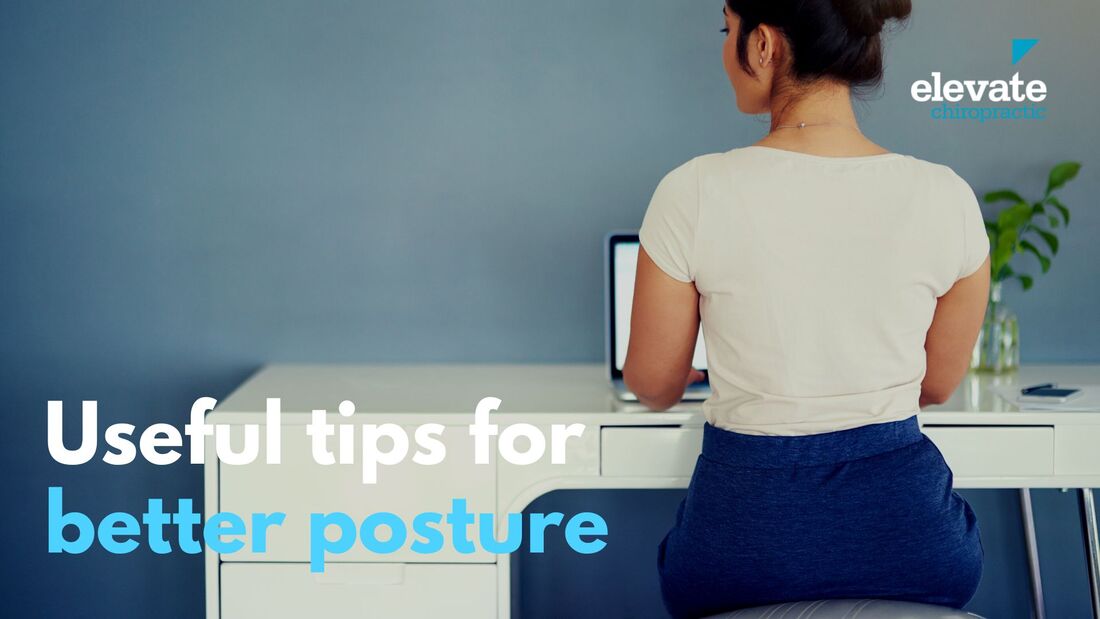
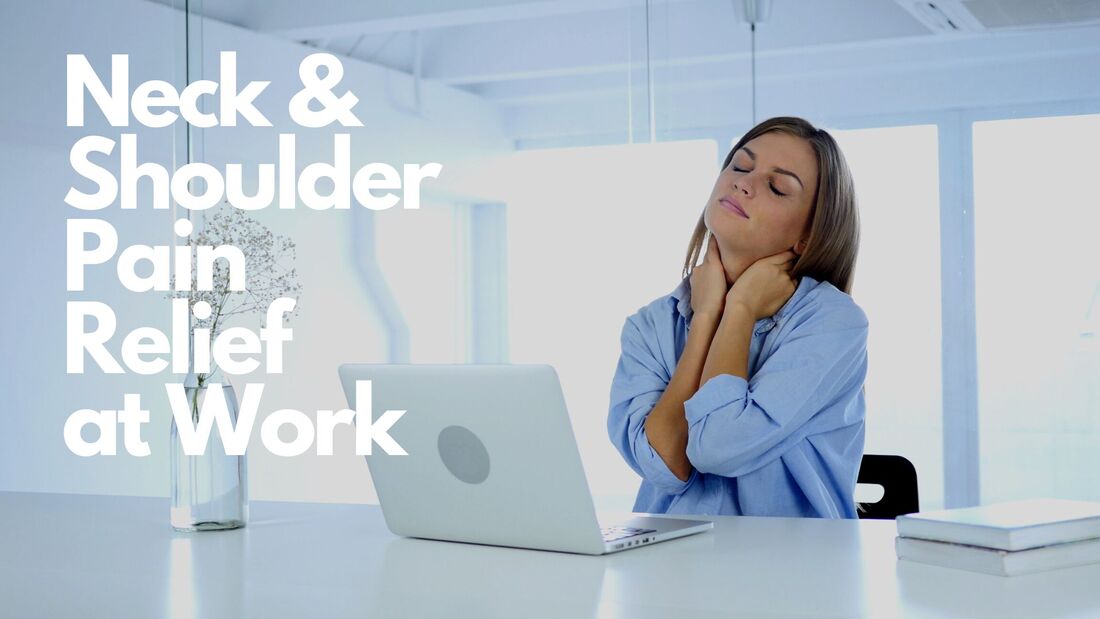
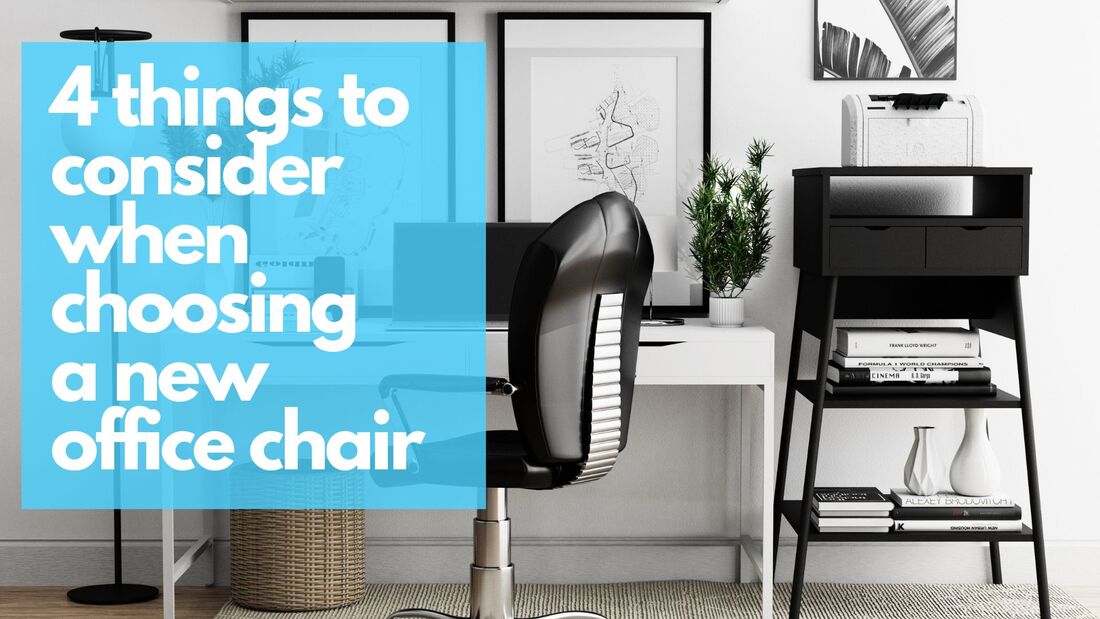
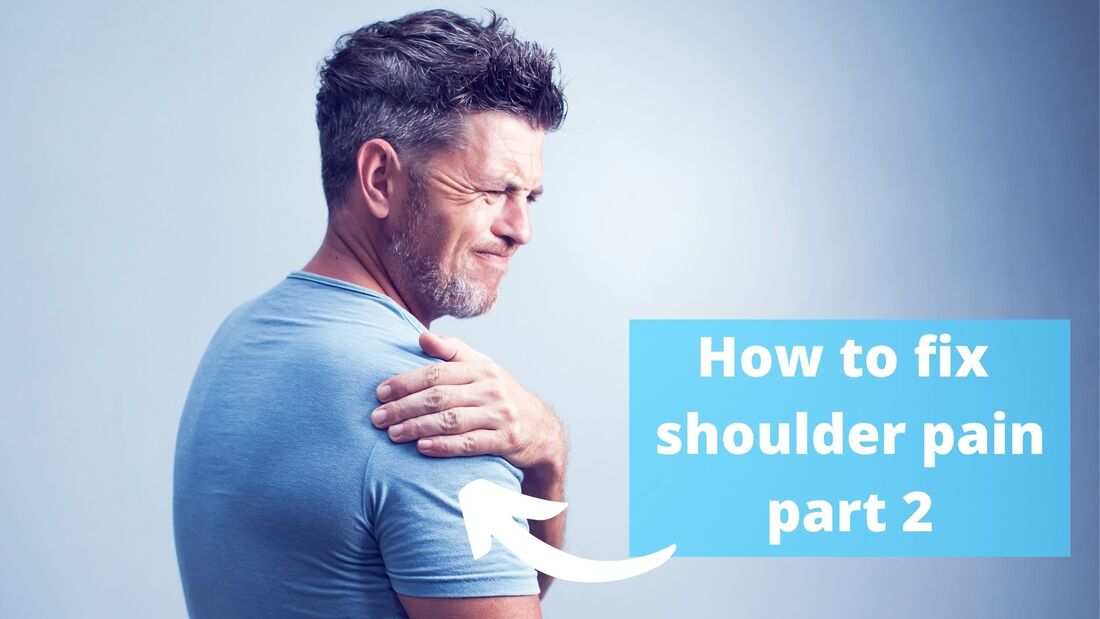
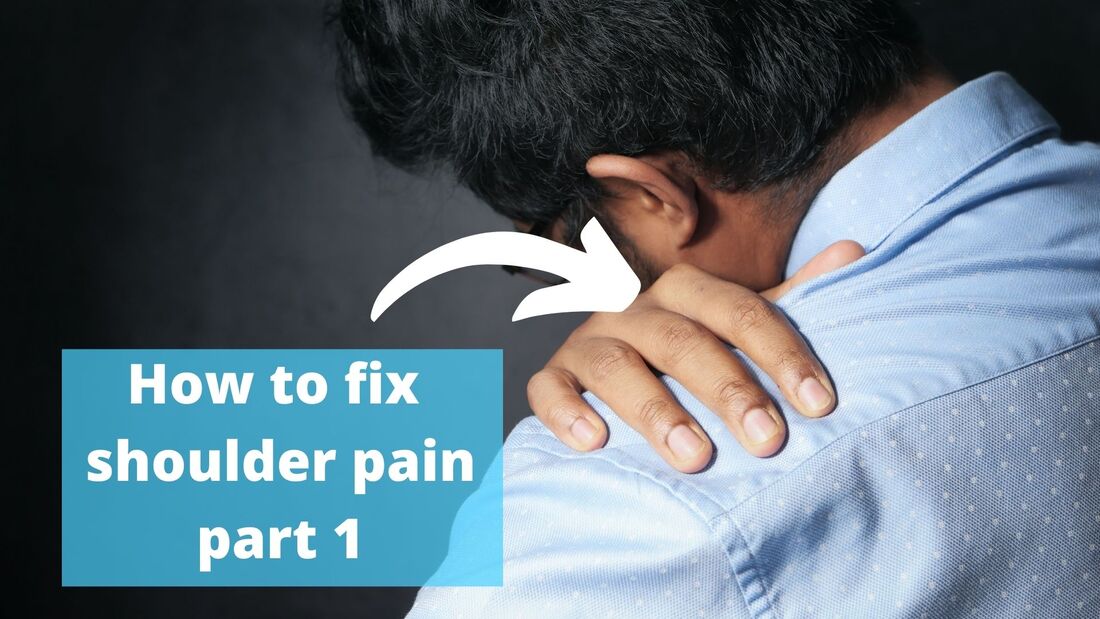
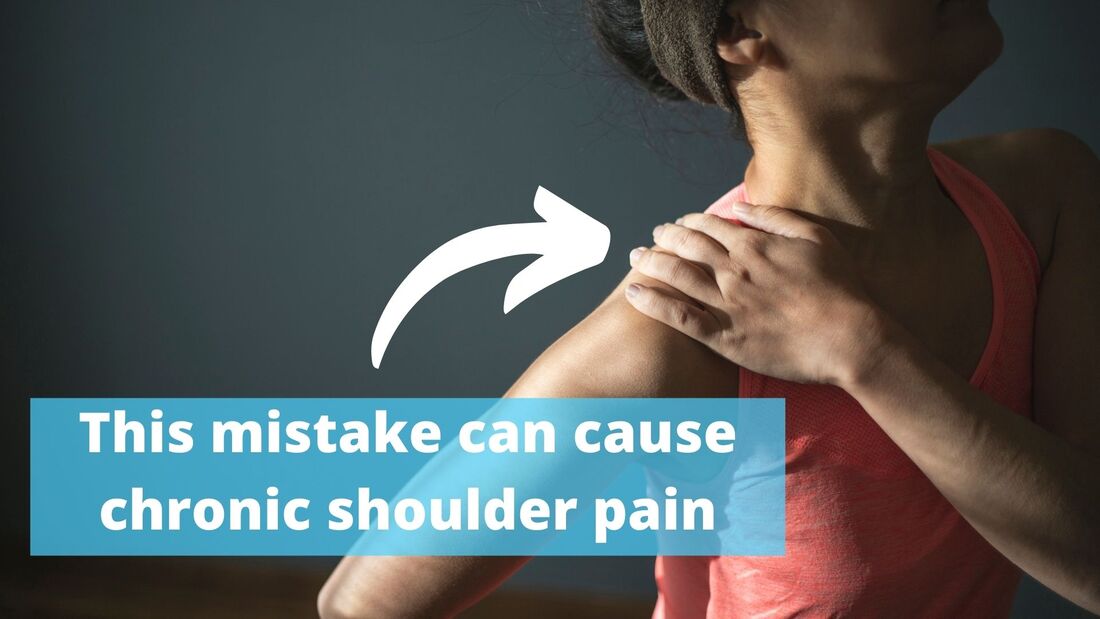
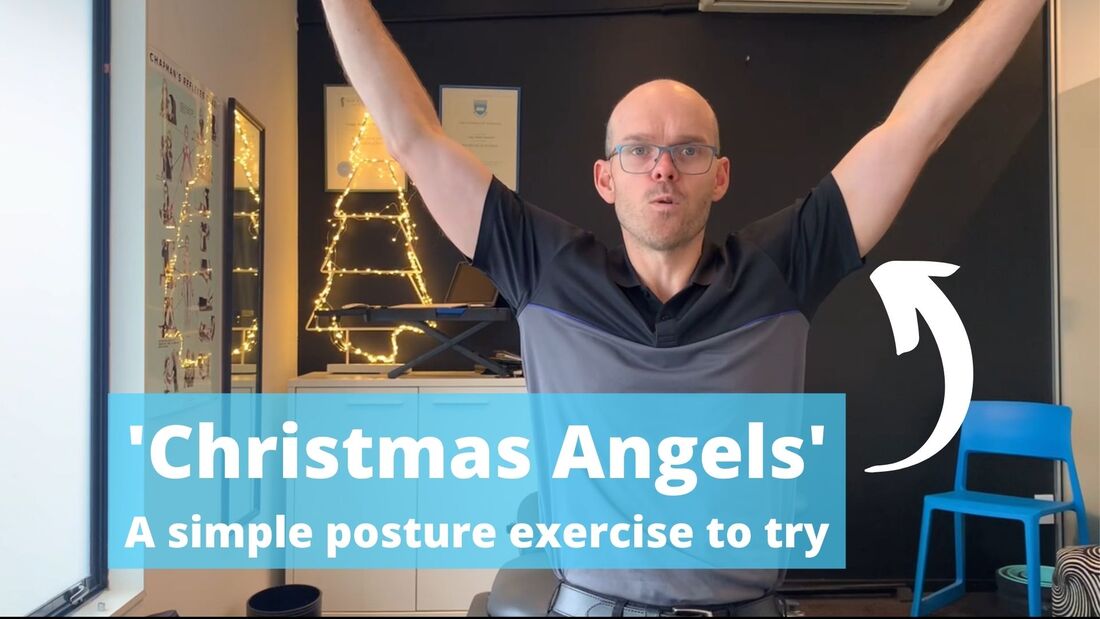

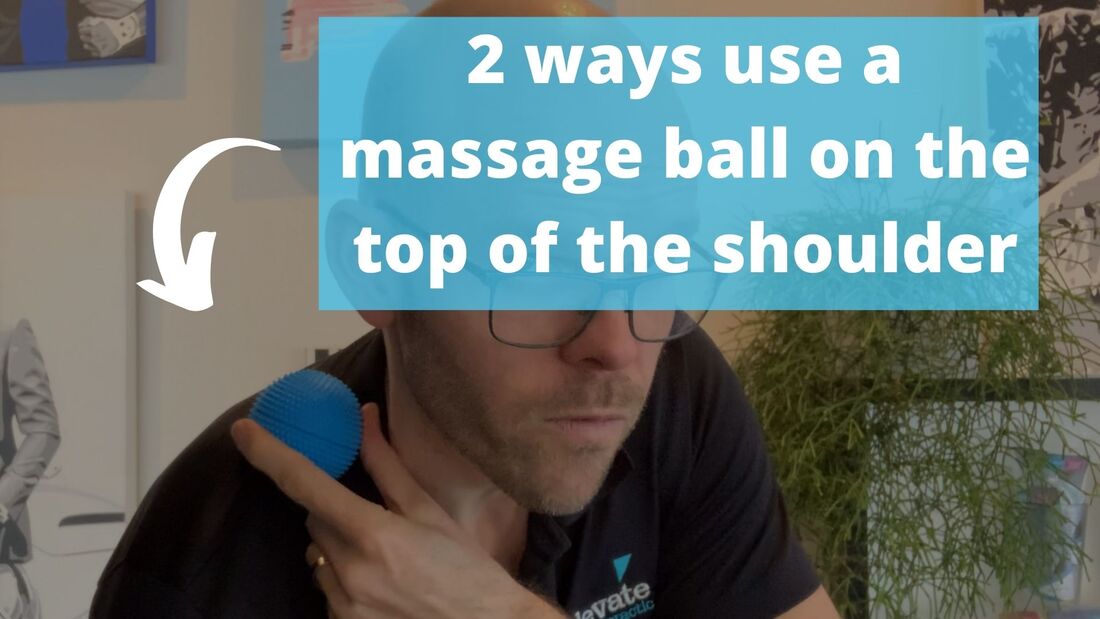
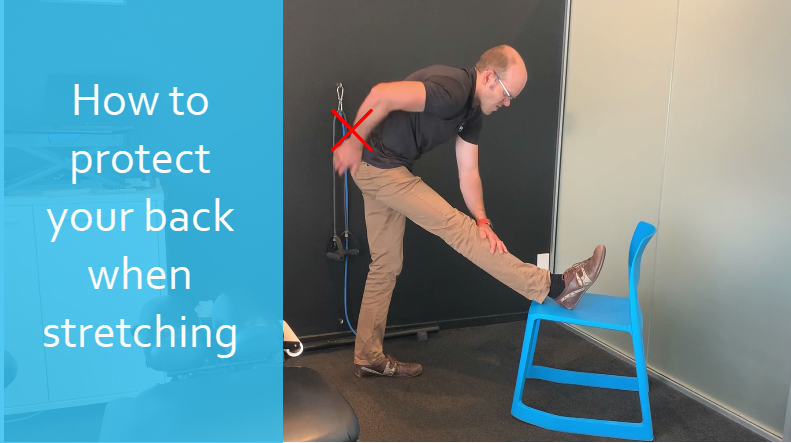
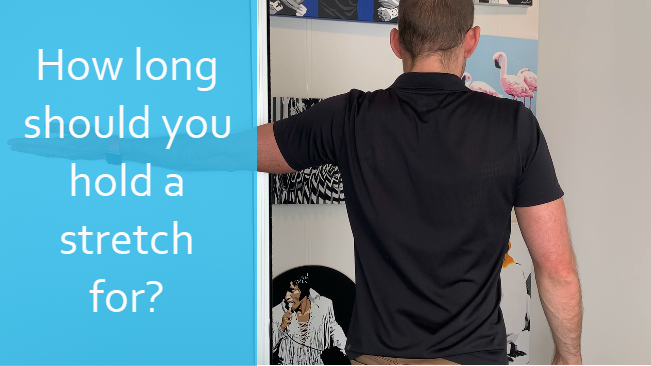
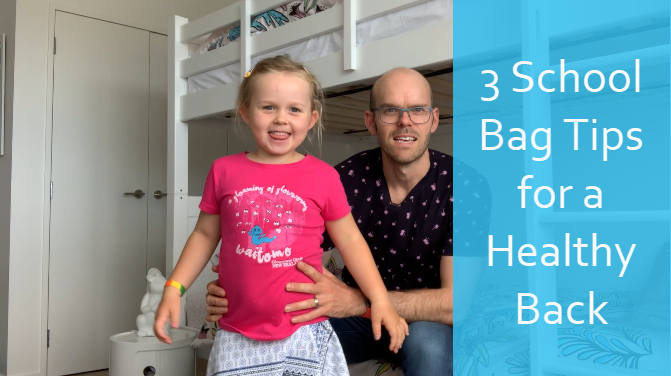
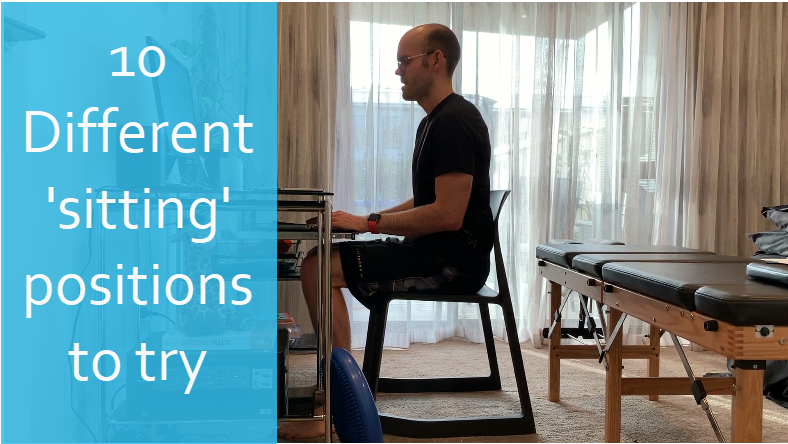
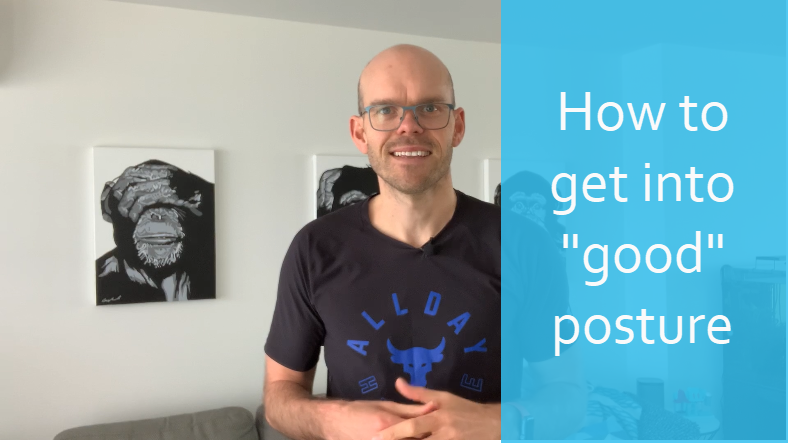
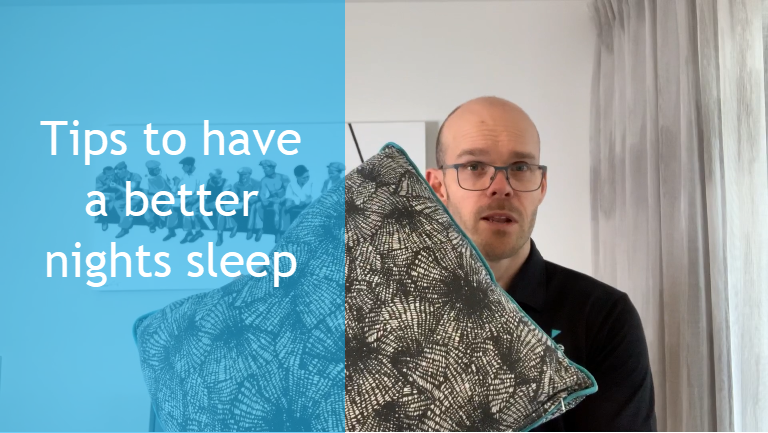
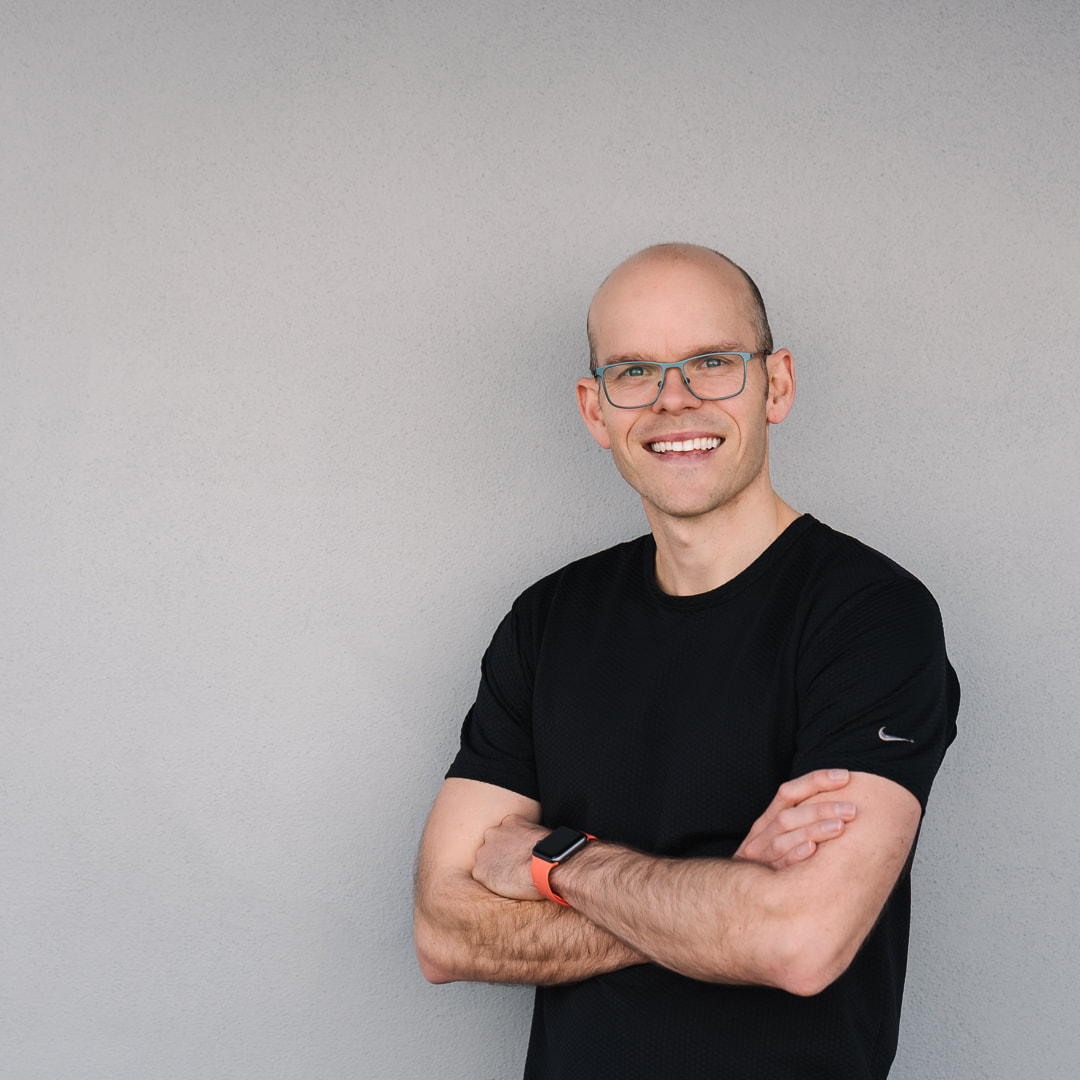

 RSS Feed
RSS Feed


